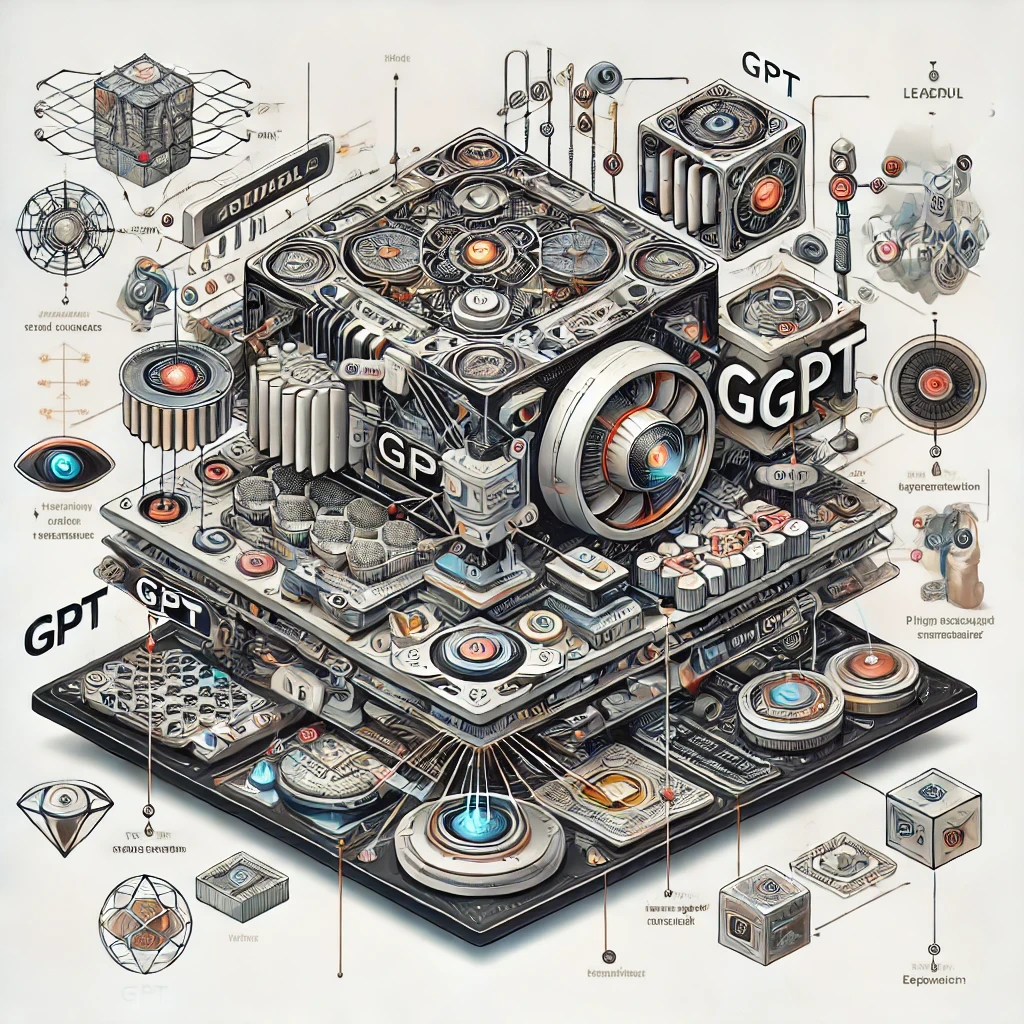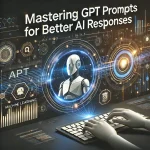Large language models (LLMs) like GPT (Generative Pre-trained Transformer) have revolutionized artificial intelligence (AI), enabling applications such as text generation, content creation, and advanced chatbots. But what’s happening under the hood of these models? In this guide, we’ll break down the inner workings of LLMs into digestible parts, explaining key concepts step by step so that anyone can understand how they operate.
What Are Large Language Models?
At their core, large language models are advanced systems designed to understand and generate human-like text. Think of them as powerful tools that learn patterns and relationships in language by analyzing massive datasets. Unlike traditional programs that follow explicit rules, LLMs figure out how language works by spotting patterns in the data they’re trained on.
For example, if you ask GPT, “What’s the capital of France?”, it doesn’t know the answer in the way humans do. Instead, it has learned that the words “capital” and “France” are often associated with “Paris” in its training data, so it predicts that as the most likely response.
How Do LLMs Work?
Let’s break this down step by step:
1. Data Input: Turning Text Into Numbers
Machines don’t understand text the way we do; they need it converted into numbers. This process is called tokenization. For instance, the sentence “The cat sat on the mat” might be split into tokens: [“The”, “cat”, “sat”, “on”, “the”, “mat”]. Each token is then converted into a numerical format the model can process.
2. The Transformer Architecture
The real magic happens inside the transformer architecture, which is the backbone of modern LLMs like GPT. Transformers rely on a mechanism called attention to focus on the most relevant parts of the input.
Imagine reading a sentence: “The cat that was chasing the mouse is black.” When you get to the word “black,” you know it describes the cat, not the mouse. This is what attention does—it helps the model “focus” on the right context to understand relationships between words.
Here’s a simplified breakdown of the transformer’s key components:
– Embedding Layer: Converts tokens (numbers) into dense vectors that represent their meaning. For example, “cat” and “dog” might have similar vectors because they’re both animals.
– Self-Attention: Allows the model to weigh the importance of different words in a sequence. For example, in the sentence “She went to the park with her dog,” the word “her” is connected to “dog,” and attention helps the model make this link.
– Feedforward Layers: Perform further computations to refine the output.
– Output Layer: Predicts the next word or solves the given task.
Training a Large Language Model
The training process has two main stages:
1. Pre-Training: This stage is like teaching the model how to read and write. It’s trained on massive datasets (e.g., books, websites) to predict the next word in a sentence. For example:
– Input: “The sun rises in the __.”
– Output: “east” (predicted based on patterns in the data).
2. Fine-Tuning: After pre-training, the model is fine-tuned on smaller, task-specific datasets to specialize in tasks like answering questions, summarizing text, or translating languages.
Why Are Transformers So Powerful?
Transformers are powerful for several reasons:
– Parallel Processing: Unlike older models, transformers process all words in a sentence simultaneously, making them faster and more efficient.
– Long-Range Context: Thanks to self-attention, transformers can understand relationships between words, even if they’re far apart in a sentence.
– Scalability: They can handle enormous amounts of data and parameters, allowing them to learn complex patterns.
Applications of LLMs
Large language models have countless real-world applications:
– Chatbots and Virtual Assistants: Powering systems like ChatGPT or customer support bots.
– Content Creation: Assisting with writing, brainstorming, or even generating code.
– Education: Explaining complex topics or tutoring students.
Challenges and Limitations
Despite their capabilities, LLMs have limitations:
– Bias: Models can reflect biases in their training data.
– Cost: Training and running LLMs require significant computational resources.
– Lack of True Understanding: They predict responses based on patterns, not true comprehension.
Conclusion
Understanding the mechanics of large language models demystifies their capabilities and limitations. By breaking down their architecture, training, and applications, we see how LLMs like GPT have reshaped AI. As these models evolve, so will their potential to enhance industries and solve real-world problems, making it essential for more people to grasp how they work.



I learned a little more today! Great article!
I’m still a little afraid of its power…
LLMs explained! 🧠💡 AI is amazing! The future is now! ✨
llms r amazing! 😃😃 they can do so much!
ai learnin to talk like us! We wish him good luck!
lol llms r insane but idk if they really ‘get’ us 🤔